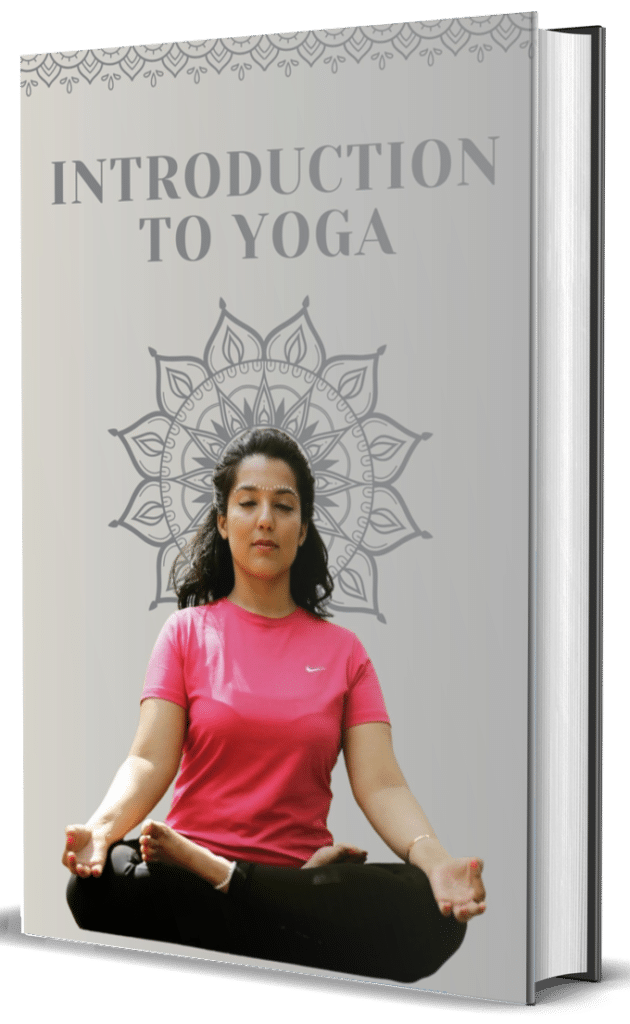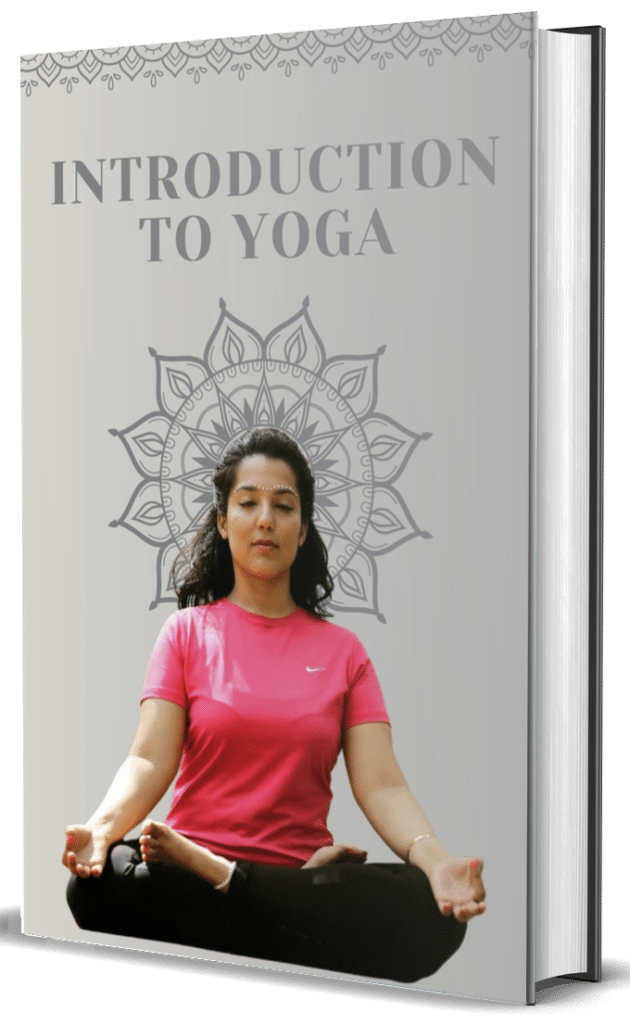Extended Triangle Pose (Utthita Trikonasana) is a foundational standing posture in yoga that creates a powerful stretch through the entire body while building strength and stability. The Sanskrit name derives from ‘Utthita’ (extended) ‘Tri’ (three) ‘Kona’ (angle) and ‘Asana’ (pose) referring to the triangular shapes formed by the legs and torso.
In this pose practitioners stand with legs wide apart feet parallel or the front foot turned out. The body hinges at the hip joint extending sideways with the torso parallel to the ground. The bottom hand reaches toward the floor (touching the shin ankle or floor depending on flexibility) while the top arm extends upward creating a straight line from fingertip to fingertip. The neck rotates gently allowing the gaze to follow the top hand.
Benefits of Utthita Trikonasana include:
- Stretches and strengthens the thighs knees and ankles
- Elongates the spine relieving backache
- Opens the chest and shoulders improving breathing capacity
- Stretches the hamstrings groins and hips
- Stimulates abdominal organs aiding digestion
- Improves balance and stability
- Reduces stress and anxiety
- Helps alleviate symptoms of flat feet
For those with limited flexibility modifications include using a yoga block under the lower hand bending the front knee slightly or practicing with the back against a wall for support and alignment. Advanced practitioners might explore binding variations or transitioning from Triangle to Half Moon Pose.
Triangle Pose appears in virtually all yoga traditions and serves as a diagnostic posture revealing imbalances between the left and right sides of the body. Regular practice helps create symmetry and alignment throughout the musculoskeletal system.
In yoga philosophy Triangle represents the balance of stability (legs) extension (arms) and awareness (gaze). It teaches practitioners to find length without compression and to maintain equanimity while experiencing intensity—valuable lessons that extend beyond the mat.



